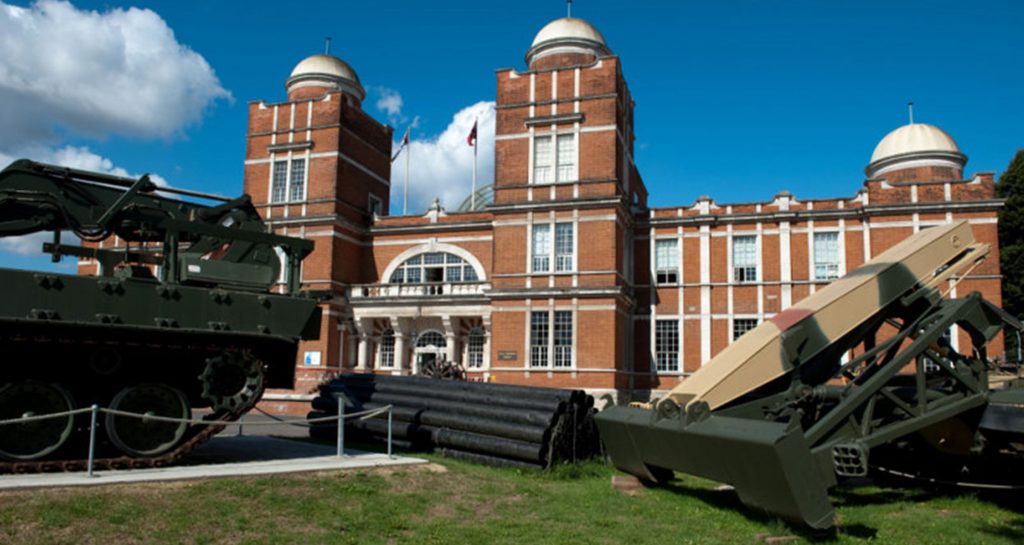Kent became one of the most attacked parts of the country when it came to use of Hitler’s V weapons (V1s and V2s). The last V2 landed on March 27th 1945 on a House in Orpington Kent Killing 1 person.

The world’s first Ballistic Missile and part of Hitlers Vergeltungswaffen or retaliatory weapons project was designed by a team of scientists under the leadership of Werhner Von Braun.
Work began in 1940 and could have changed the outcome of the war if it wasn’t for the Allies obtaining information on the secret testing facility at Peenemunde on the Baltic coast. This lead to the RAF bombing of the facility in 1942, setting back the testing and production for many months. After the set back at Peenemunde, the need for the rocket was stepped up as the Allied armies began pushing back the Germans in late 1942.
From 1943 launch sites were built in France in preparation of their use. All the sites were aimed in the direction of key areas of south east England, with the main target being London. With hope that the destruction of the city would cause the British people to Surrender. These sites soon became targets for the allies. The largest launching site in France was built at Wizernes which was a massive concrete dome shaped structure, 71 meters in diameter and 5 meters thick. Inside was used to house the necessary means to launch up to 40-50 rockets a day. The site came under attack by the British and American bombers as soon as its purpose was found out. It took 17 attempts to put it out of action and the use of 12000 lb “tallboy” bombs carried by Lancaster’s of the Famous 617 “Dam busters” Squadron. Wizernes site was never used to launch attacks, resulting in the Germans to use mobile sites.
The first operational V2 rockets to be used was after the Normandy Invasion by the Allies in June 1944. The attacks started on the 8th September 1944, one landing in Paris and another on the same day on UK soil at Chiswick, killing 3 people. There was no prior warning of seeing and hearing them in the air like the V1 flying bomb before they hit the ground, although they had a distinctive sound when they hit the ground. Firstly the explosion, secondly the roar of the rocket motors catching up, and lastly the noise of the sonic boom from the upper atmosphere. The noise could be heard for miles. Over the next few months about 3,172 V-2 rockets were fired at targets in the UK and in Mainland Europe. The British Government tried to claim that the explosions at first were due to faulty gas mains. The public therefore began referring to the V-2’s as “flying gas pipes”. They soon had to admit to the population that it was new German weapon.
It’s estimated that nearly 3,000 civilians were killed and over 6,000 were injured during the V2 attacks on the UK with many more killed with attacks on Belgium and Holland. The highest single loss of life in one attack was in November 1944 when 168 people were killed and 121 were seriously injured when a V2 hit New cross high street. Werhner Von Braun and some of his design team were captured by the Americans and sent to America for questioning about the Germans rocket program.
Von Braun along with others would later on help and design the rocket that put the first man on the moon in 1969.
Curriculum Links:
You can jot down some notes for your future references using the form below. Fill in the details about the object and any notes you deem important. You can save and print this too.